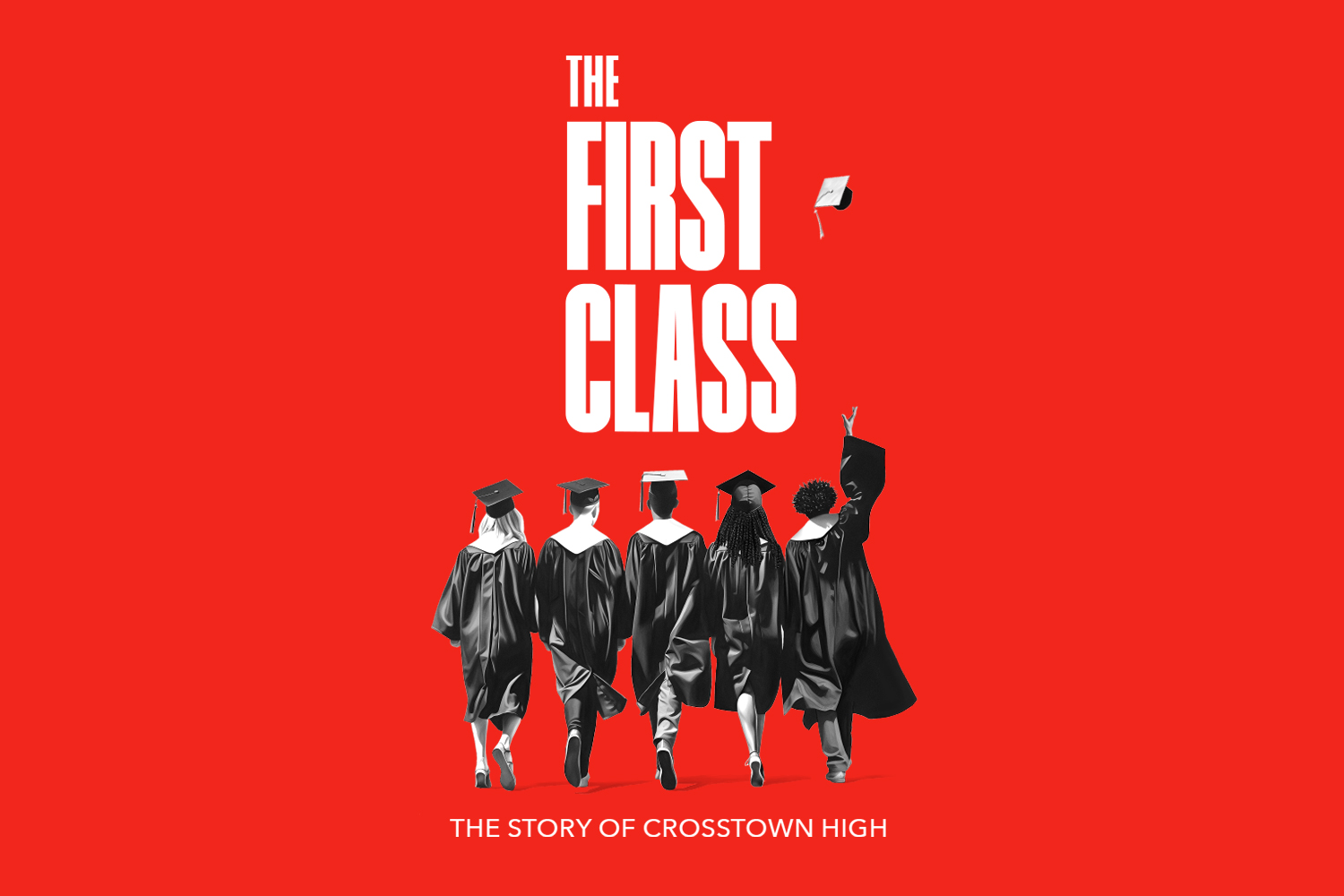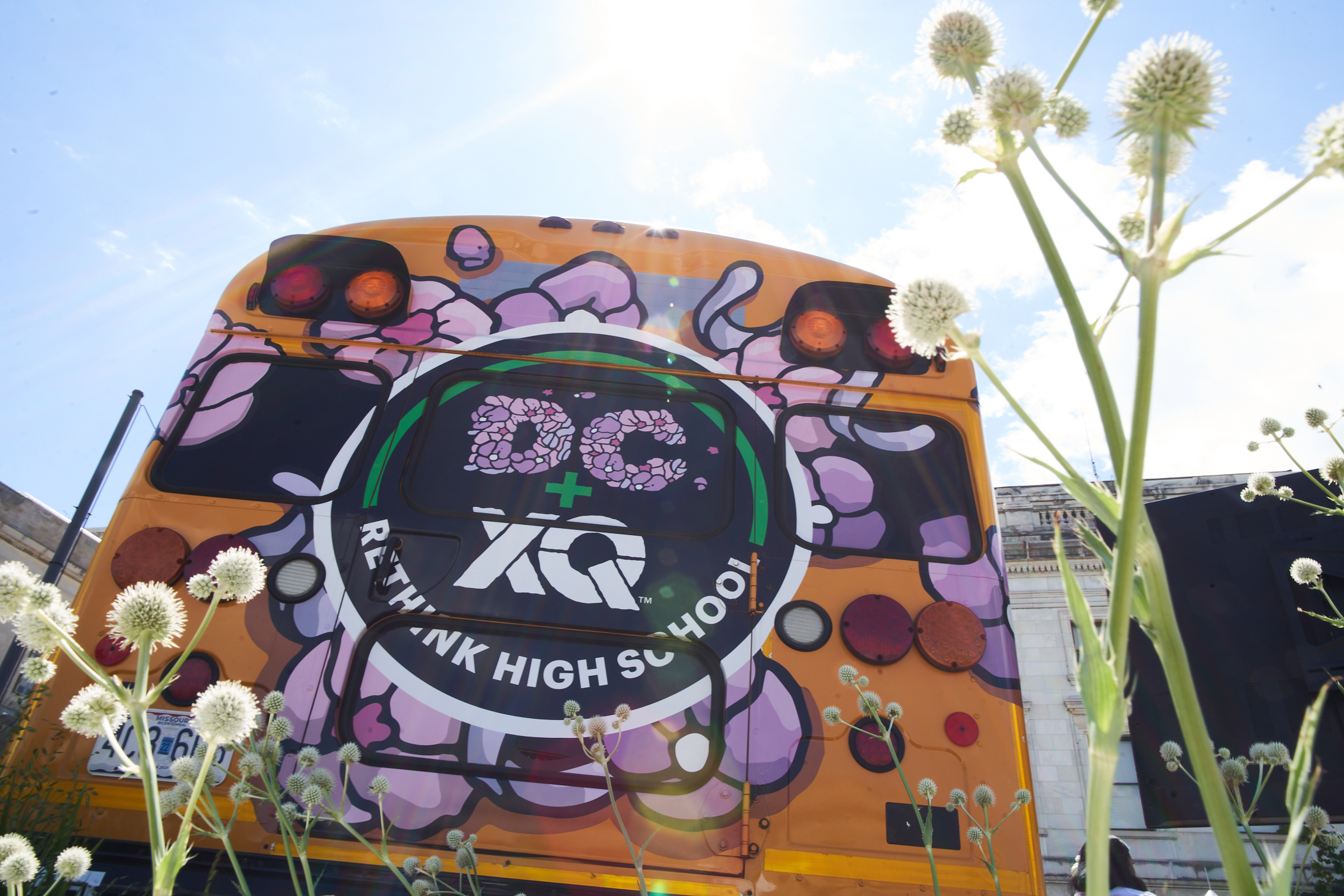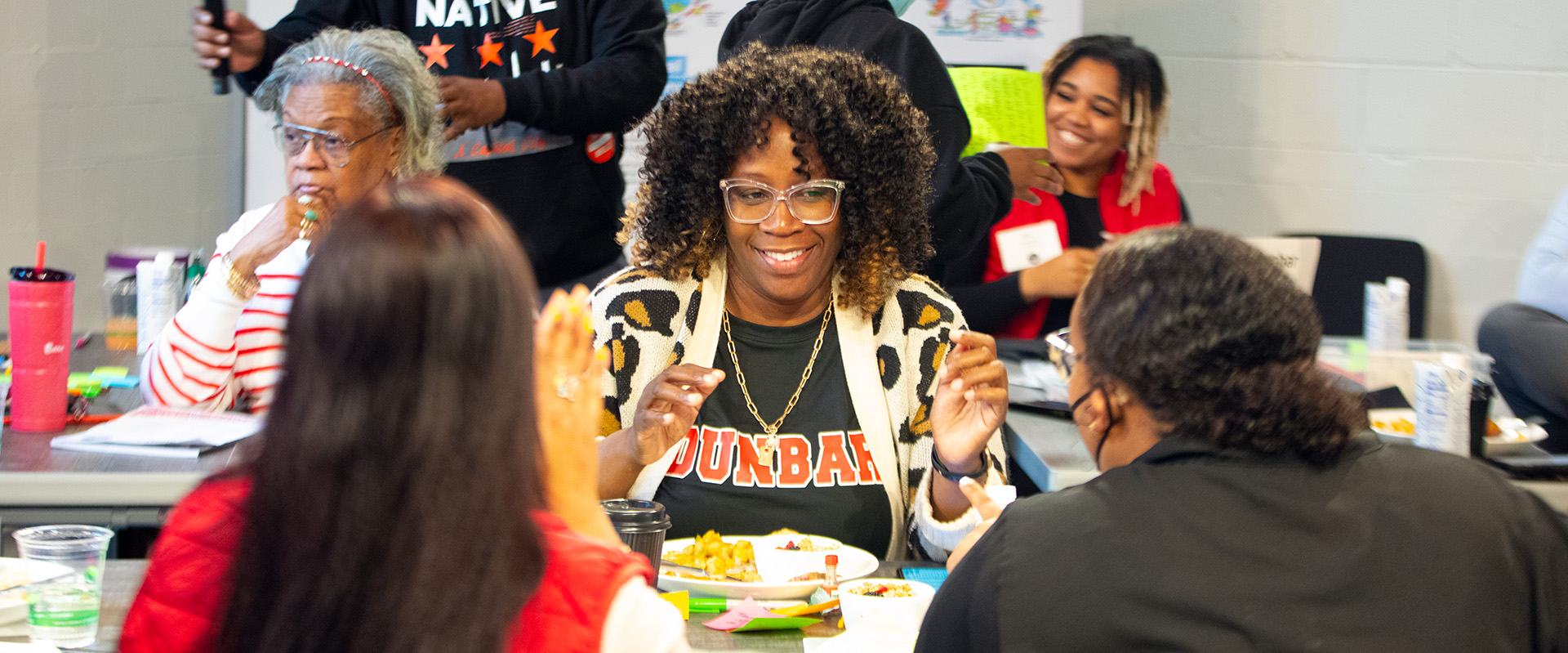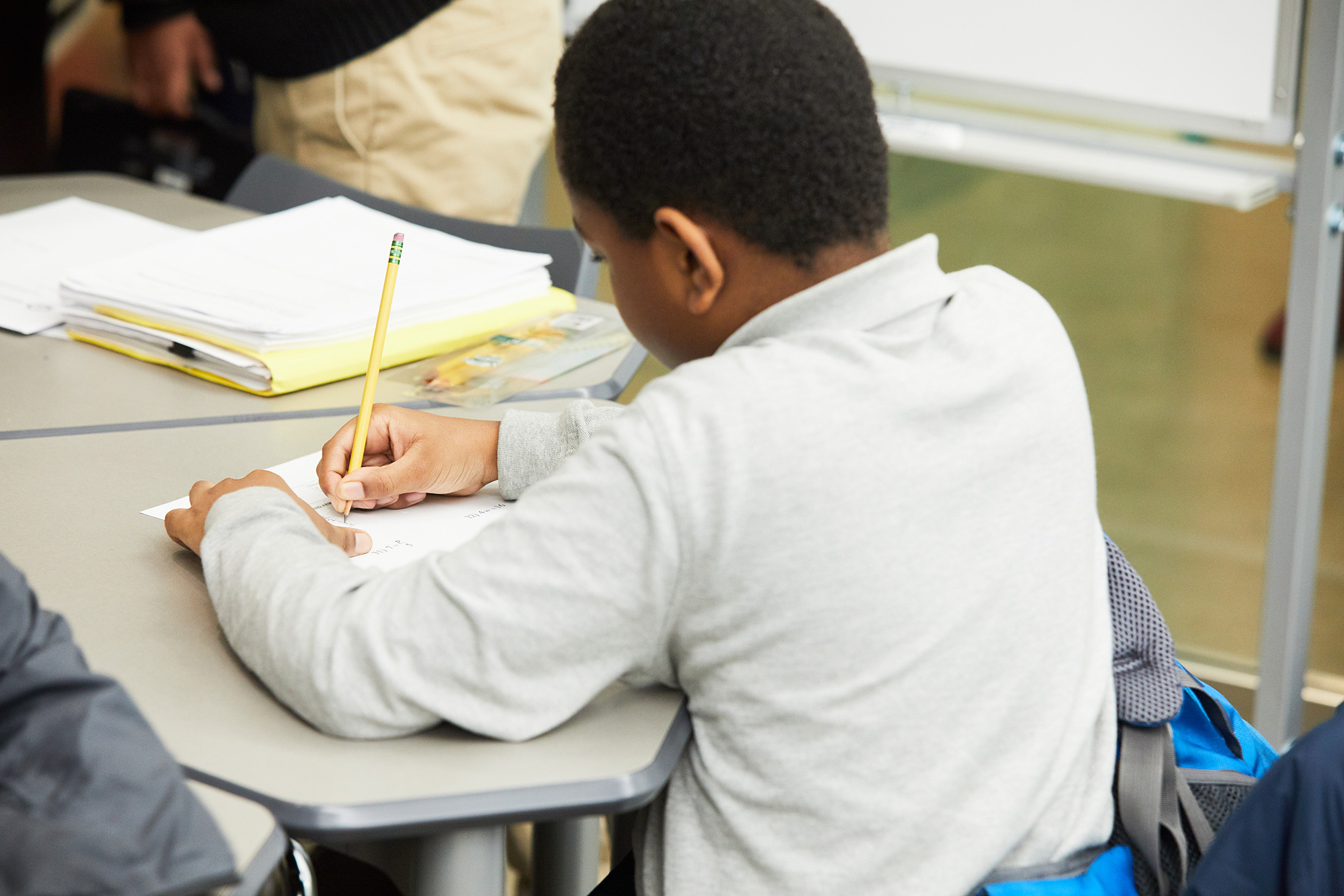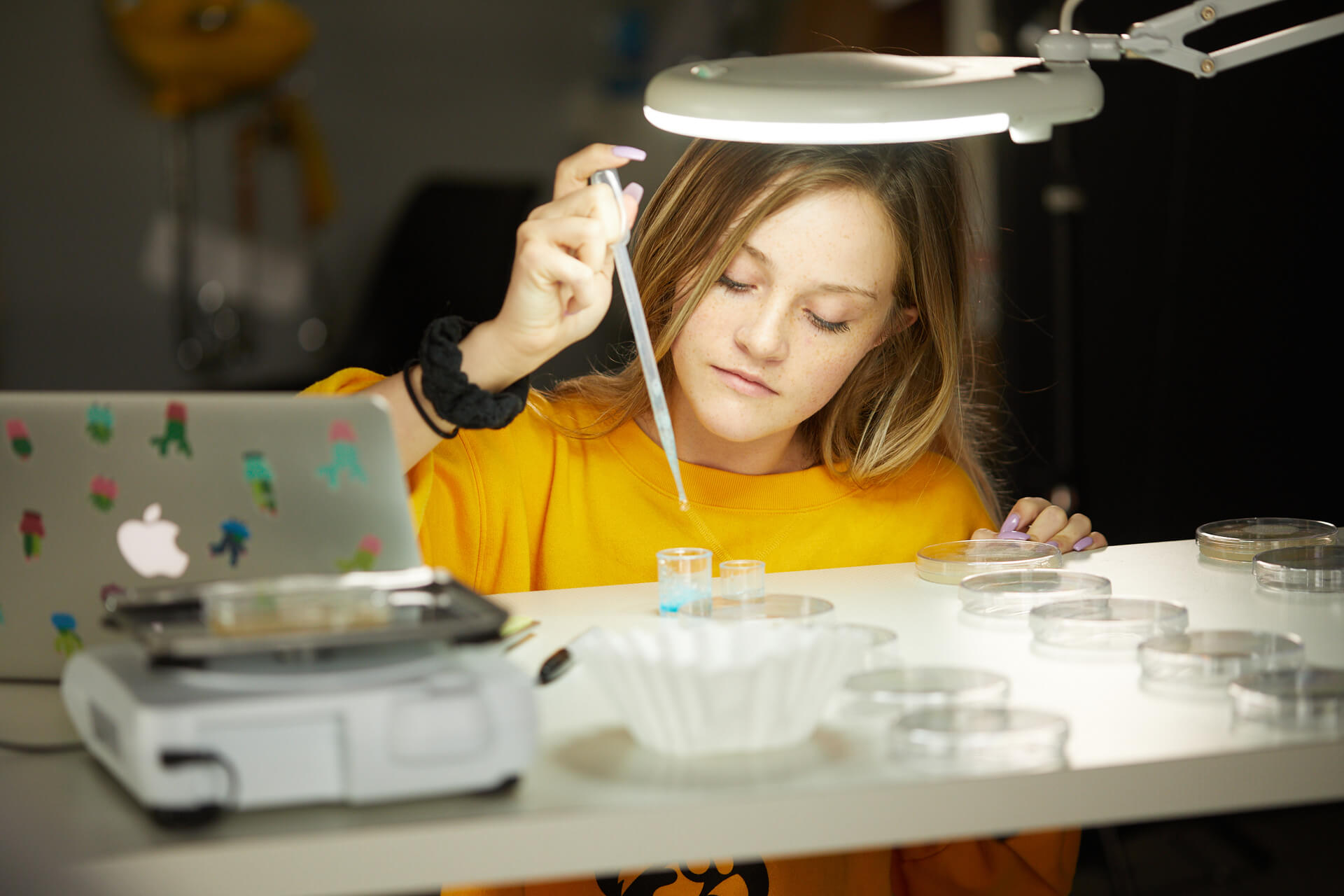Everyday Hero: The Purpose of the Paint – Running for Women Without a Voice
When Rosalie Fish stepped up to the starting line, she was preparing to run for more than herself and her school. Find out why.
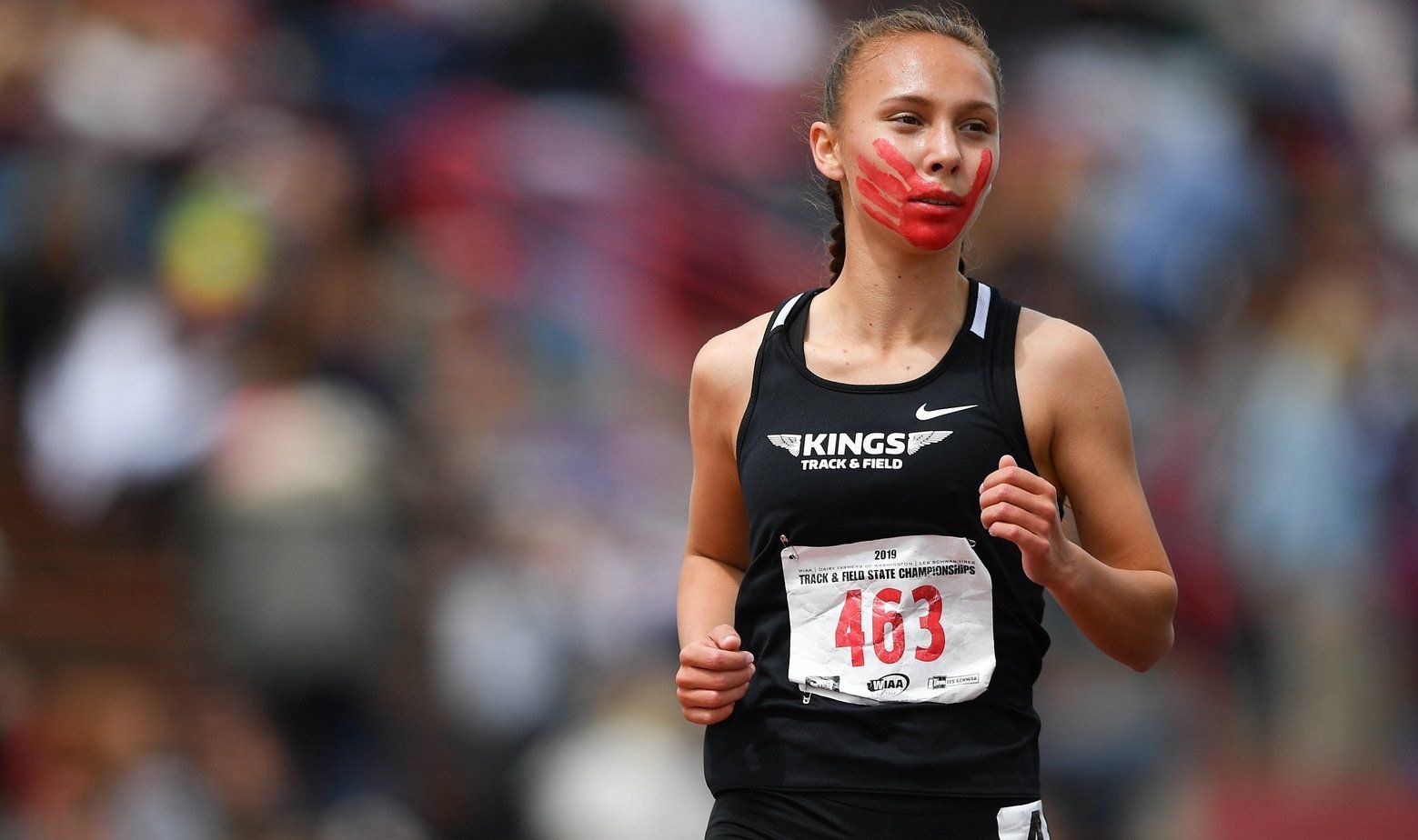
PHOTO | THE SEATTLE TIMES
In addition to our work to rethink and transform high school in America, we’re committed to sharing the stories of people working for good in their communities. This is Rosalie’s story.
“Nobody is going to listen to me. As a teenage girl nobody has to care what I say. But when I run about it, people will notice.”
When Rosalie Fish, a student-athlete from Muckleshoot Tribal School, stepped up to the starting line of the Washington Interscholastic Activities Association’s small-school state track and field earlier this year, she was preparing to run for more than herself and her school, as reported by The Seattle Time’s Dave Trimmer.
A member of the Cowlitz Tribe, Fish was preparing to run for Native American women near her home who had been victims of violence, an issue epidemic on reservations across America and whose cases are inadequately identified or reported by police agencies.
Over the course of three days, Fish circled the track 18 times. With each stride, she gave voice to those unable to speak through the bright red handprint painted over her mouth and the initials MMIW printed on her right leg: Missing and Murdered Indigenous Women.
Of the four races she ran, she crossed first three times, missing out on her fourth by a single stride.
Of the four races she ran, each was run for indigenous women from Washington who met a violent end:
Misty Anne Upham – 400-meter final
Jacqueline Salyers – 800-meter final
Alice Looney – 1600-meter final
Renee Davis and Davis’ unborn child: 3200-meter final
We’ve noticed, we’ve listened, and we’re honored to share your story and those you’re running for.

